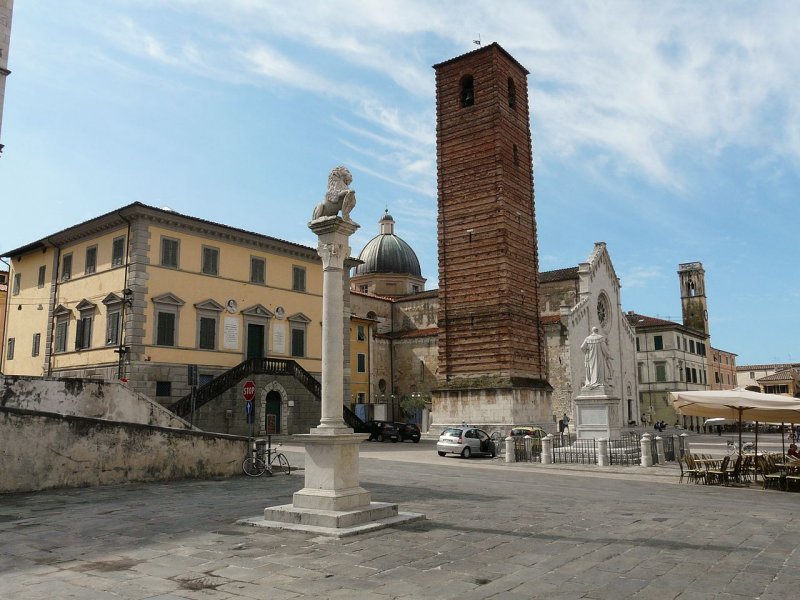
History of Pietrasanta
The Little Athens of Italy.
Pietrasanta is a city in Tuscany, in the province of Lucca, located on the Versilia coast. It is a city rich in history, culture and famous for marble processing.
The origins of Pietrasanta date back to Roman times, when it was a small village called Castrum Petrae Sanctae. The name derives from the presence of a marble quarry, which was already used in Roman times for the construction of buildings and monuments.
In the Middle Ages, Pietrasanta became an important commercial and cultural center. The city was governed by various lords, including the Malaspina and the Medici. In this period, Pietrasanta was home to numerous artisan workshops, which produced sculptures, artefacts and marble objects.
In the Renaissance, Pietrasanta was an important artistic center. The city was home to numerous artists, including Michelangelo, who studied in the workshop of Domenico Ghirlandaio. In this period, Pietrasanta was also an important center for the production of marble works of art.
In the 16th century, Pietrasanta was involved in the wars between the Republic of Lucca and the Republic of Florence. In 1442, the city was besieged and destroyed by Florentine troops. After the war, Pietrasanta was rebuilt and prospered again.
In the 19th century, Pietrasanta was involved in the Risorgimento. In 1848, the city was besieged and occupied by Austrian troops. After the unification of Italy, Pietrasanta continued to prosper as a marble processing centre. In the 20th century, the city also became an important artistic center, hosting numerous international artists.
Pietrasanta offers tourists and visitors numerous attractions. Among the most important we can mention:
The Cathedral of Pietrasanta, a Romanesque church from the 12th century.
The Church of San Francesco, a 14th century Gothic church.
The Praetorian Palace, a 13th century building that housed the seat of municipal power.
The Torre Civica, a 14th century tower that dominates the historic center.
The Civic Museum, a museum that houses a collection of works of art by local and international artists.
The Grotta di Sant'Antonio, an artificial cave from the 14th century which houses a chapel dedicated to Sant'Antonio.
The Versiliana Park, a public park that extends along the coast.
Pietrasanta is a city rich in history, culture and art. The city is an important tourist destination, and offers visitors and tourists numerous attractions. Pietrasanta is also a lively and dynamic city, which hosts numerous cultural and artistic initiatives. The city is an excellent destination for those looking for a holiday full of culture and art.
